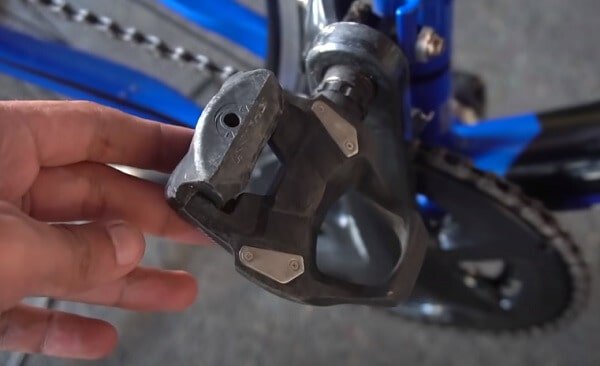The simple sport of cycling has really transformed itself over the years, perhaps more than any other sport out there in the world. This is all thanks to the passion of the innovators, manufacturers and, of course, the cycling enthusiasts.
The biggest downside, or upside depending on your perspective, of the transformation and growth comes from the over complication of the various components of this simple act of cycling.
I am looking at you, clipless pedal system.
While the idea of this pedal system is fairly easy to understand (the shoe mounted cleat clips onto the ‘clipless’ pedal), the existence of the various non-matching components involved confuse even the most avid cycling veteran.
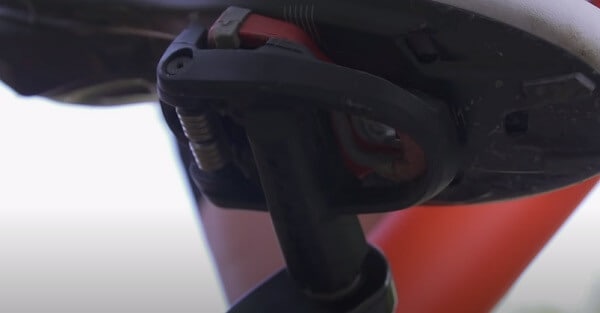
For this article we will be focusing on the clipless pedal system of the road biking scene. The clash of two giants: The SPD-SL and the Look.
To be perfectly honest, there really aren’t many differences between them in terms of performance, from what we have seen so far. Though there are some things to be said about the overall feel and requirements of the two. The only notable difference that they have between each other is the lack of cross-compatible cleats.
This is a pretty common scenario in the competitive economic setting of the world. The closest comparison would be the battle of computer peripherals, Apple’s Thunderbolt 3 vs USB-C. They look the same on the outside, but cannot be used on the other’s platforms.
This is definitely an inconvenience to buyers, but what can we do really? Other than understanding those small differences that sets them apart so that we can enjoy their benefits?
Which brings us to the purpose of this article:
Look vs SPD-SL cycling pedals
Look
Look is the pioneer of clipless bicycle pedals. They were the first ones to bring them to the market during the mid-1980s. The French manufacturing company got the idea from their own ski bindings and moved the concept over to bicycle pedals.
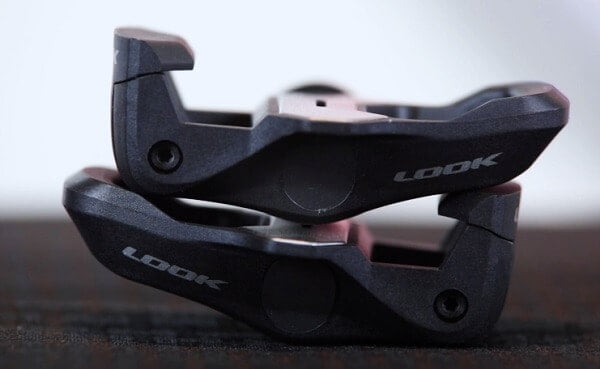
These pedals are for the classic 3-bolt style of cleats. As you may be already aware that this style is usually catered towards the road cycling discipline.
While Look does have its fair share of MTB pedals (their X-Track pedals are a recent addition), their main focus has always been towards road biking.
Being the pioneer and a classic, Look’s pedals have always been friendly to newcomers to the clipless pedaling system.
Unlike most clipless road biking pedals, Look pedals have a good amount of ‘float’. This means that the angle of lateral feet movement (side-to-side) of these pedals are quite high, even when clipped in. Comparatively, pedals like the SPD or Time keeps your feet locked in position at all times.
This freedom of movement allows many beginners to ease into the clipless pedaling system. Many veterans also prefer this, especially those who give more importance to comfort over straight up performance.
But performance is not sacrificed by these pedals whatsoever. They are very stiff and high quality, and you can feel the efficiency of every pedal stroke by the returns you get as speed.
However…
The only qualm you can have with Look pedals come with the lower end units, the old classics. These pedals are mainly plastic with a center of aluminum. You can expect to get a good 4000-8000 miles on them before you start to feel them wear out.
This is quite low compared to the Look pedals you get by just adding $20-30 to your investment. The higher quality look pedals can easily serve you over 15k miles of riding distance. More, if properly maintained.
It is a small wonder why Look has prevailed in the market for so long and is showing no signs of stopping.
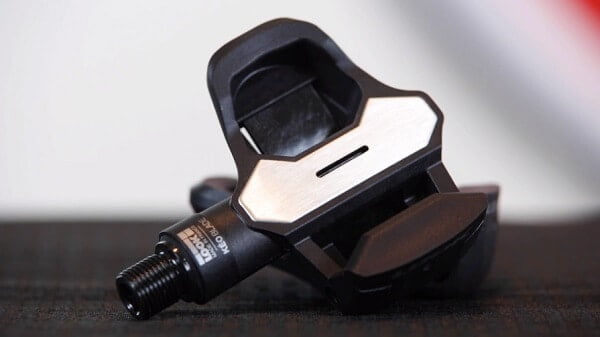
On an off-note, Look has a power meter variant of pedals. These are not cheap but there is none other like this in the market.
Shimano SPD-SL
These are the road biking variant of the Shimano classic, the SPD. Where the SPD is designed for 2-bolt cleats and can be universally used in any biking discipline, the SPD-SL is of a 3-bolt cleat design with a complete focus on road cycling performance.
The SPD-SL takes a lot from the original Look pedals, both in design and performance. Both are 3-bolted, have triangular cleats and are targeted for road biking.
Like Look, the platform of these pedals are fairly large and provide great balance and stability to the cyclist, not to mention great power efficiency as well.
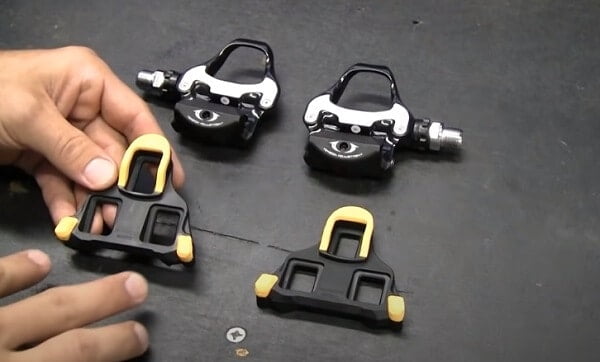
The cleats provide some degree of ‘float’ freedom, but unlike Look these pedals keep the cyclist’s feet locked in a fairly static position.
From our experience, we will be brave enough to say that the SPD-SL pedals perform a bit better overall when compared to that of Look.
Another takeaway from these pedals would be the weight. The SPD-SL are somewhat heavier than the Look pedals. This is because of the higher durability it provides thanks to the high quality of materials it uses during construction. That said, the SPD-SL pedals can easily take you nearly 20k miles without much of a hassle.
The Main Differentiating Point: Cleats
This is the only physical factor that is different for either pedals. While this does not talk about the difference in pedals, it does help bring out the difference between the two pedaling systems.
They look the same to the naked eye but vary fundamentally. Namely the amount of float these cleats offer and the restriction to be used by the other pedal.
We have already discussed what float does, but did you know that it can be controlled?
This is where the different cleats of either pedals come in.
Both pedals have three different, color-coded cleats that clip on to them.
Look
- Red: 9° Movement
- Grey: 4.5° Movement
- Black: 0° Movement
SPD-SL
- Yellow: 6° Movement
- Blue: 2° Movement
- Red: 0° Movement
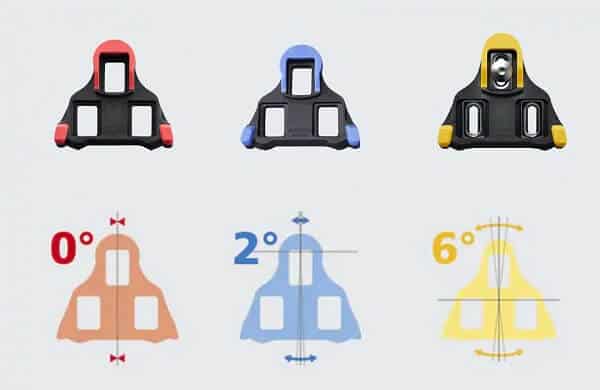
Frequently Asked Questions
Q1) Do SPD-SL cleats work on peloton?
Ans.: Peloton usually allows a 3-bolt cleat system on them. In other words, yes, you can use SPD-SL cleats for peloton.
What you have to be aware of is the amount of float you prefer. The suggested, and maximum, float for peloton is 6°. If you want any higher then you have to look at other cleats, perhaps Look or other peloton specific manufactures.
Q2) What clipless pedals should a beginner use?
Ans.: We suggest you start with the standard Shimano SPD pedals for multiple reasons:
- These are 2-bolt style. You can use them for both road and off-road cycling.
- Very easy to clip in and unclip.
- Has a wide variety of shoes available for this type of pedal system.
- The cleats are usually recessed in the sole of the shoe to allow you to walk freely.
- Cheaper than other road variant pedals.
Final Words
While both of these pedals are best for high end road cycling, even the smallest of lacking can make them obsolete in the face of the other.
There are fans on either side of the aisle that swear by the performance gain of each type of pedal.
Perhaps this is the reason why the manufacturers have kept the fundamental objectives of the pedals the same, but made them incompatible to the other’s pedaling system.
Good for competition albeit somewhat bad for buyers.
Either way, these pedals do what they are meant to be doing, boy do they do them well!
We hope that we were able to clarify the fundamentals of both these pedals, so that the next time you are on the market for a new pair, you can get the right one without trouble.
Happy Riding!
